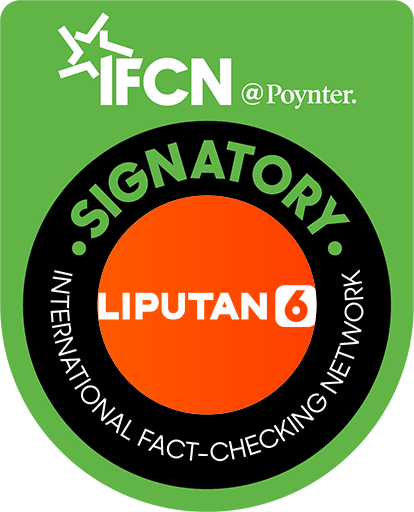Liputan6.com, Jakarta - The idea of buying old clothes might be regarded as distasteful for some people, but in this economy and climate? Not so fast. Thrifting is now en vogue, especially among the young people in Indonesia.
Language matters, too. People do not use the words "buying used clothes", but the English word "thrifting" is now the popular term.
Advertisement
One owner of a thrift shop in West Jakarta, Rani, mentioned the shift of perception toward used clothes.
"Looking at it now, the young people of Gen Z and Millennials are not ashamed of thrifting shopping and wearing second clothes. That is not seen as bad anymore. It's even seen as cool and following the trend," said Rani to Liputan6.com earlier this year.
"Second" is an Indonesian language term to describe a secondhand product. Rani said the thrifters used to be women, but more and more men have become buyers too.
No Thrifting
The Indonesian government, however, made a bold move to stop thrifting. The government of President Joko Widodo has officially ordered a ban of imported secondhand clothes. One of the reasons is their presence could hurt the textile industry.
"It really disturbs the domestic textile industry. Very disturbing, what is called the secondhand imported clothing. Disturbing," said President Widodo last week.
The Vice President Ma'ruf Amin said that the thrifting could "kill" the textile industry in the country.
Other argument against secondhand clothes is about cleanliness. The Minister for Trade Zulkifli Hassan said those clothes could create skin infection and illness.
"Of course the public is harmed because the secondhand is dangerous. It could create fungi, it could carry illness, secondly it could destroy our micro, small and medium sized enterprises," said the minister.
Similar argument about skin infection was also used by the speaker of the People's Consultative Assembly, Bambang Soesatyo. However, he asked the government to assist the sellers of secondhand clothes, so they will not lose their livelihood.
Data and China
The trade minister has also ordered the burning of secondhand clothes which were confiscated. On Monday, Zulkifli witnessed the destruction of imported secondhand clothes worth more than Rp10 billion in East Java Province.
But one member of parliament has questioned the government's data.
Adian Naputipulu, a politician from the same political party as President Widodo, has demanded the related ministries to release the data amidst the claim secondhand clothes could kill small businesses. He argues that there are more imported clothes from China than secondhand clothes.
"According to the data from Indonesian Textile Associations, the imports of ready-to-wear clothes from China are controlling 80 percent of the Indonesian market," said Adian.
He revealed that in 2020, Indonesia imported 51.790 tons of clothes from China, meanwhile only 66 tons of secondhand clothes from China. In 2021, 57.110 tons came from China, and only 8 tons of the secondhand imported clothes from China.
However, the government also said that there were illegally imported secondhand clothes that keep coming to Indonesia.
Industry and Sustainability
One of the reasons to support thrifting is the problem with fast fashion which has been gaining notoriety for their pollution. Last year, the UN Environment Programme said how the fast fashion is fueling the triple planetary crisis.
The Earth.org also called out the fast fashion industry for their textile wastes. Not to mention people also easily throw away their fast fashion.
"Besides being responsible for nearly 10% of global carbon emissions, the industry is also infamously known for the amount of resources it wastes and the millions of clothes ending up in landfills every day," wrote Earth.org.
Thrifting as a solution for fast fashion is still up to debate, although the Berkeley Economic Review in 2019 said thrifting was getting popular among the buyers as a form of "eco-consciousness".
"Thrifting no longer carries strong taboos of uncleanliness and poverty as it had in the past. So, in the name of eco-consciousness, many demographics that could afford to splurge on high-quality, low-impact purchases are deciding to thrift instead," said BEC.
Henry, Lisza Egeham, Tira Santia, and Delvira Hutabarat contributed to this report.
Advertisement


